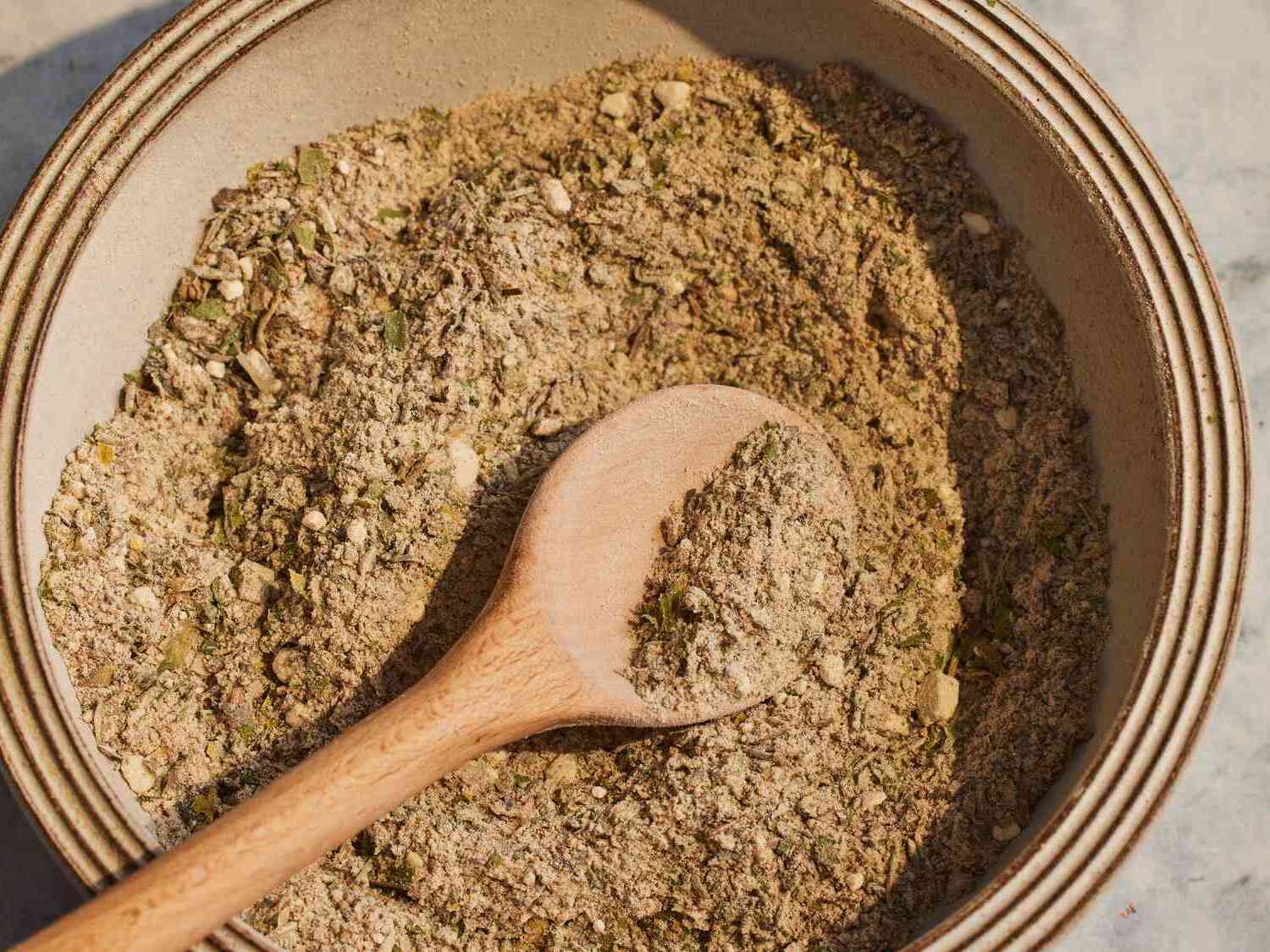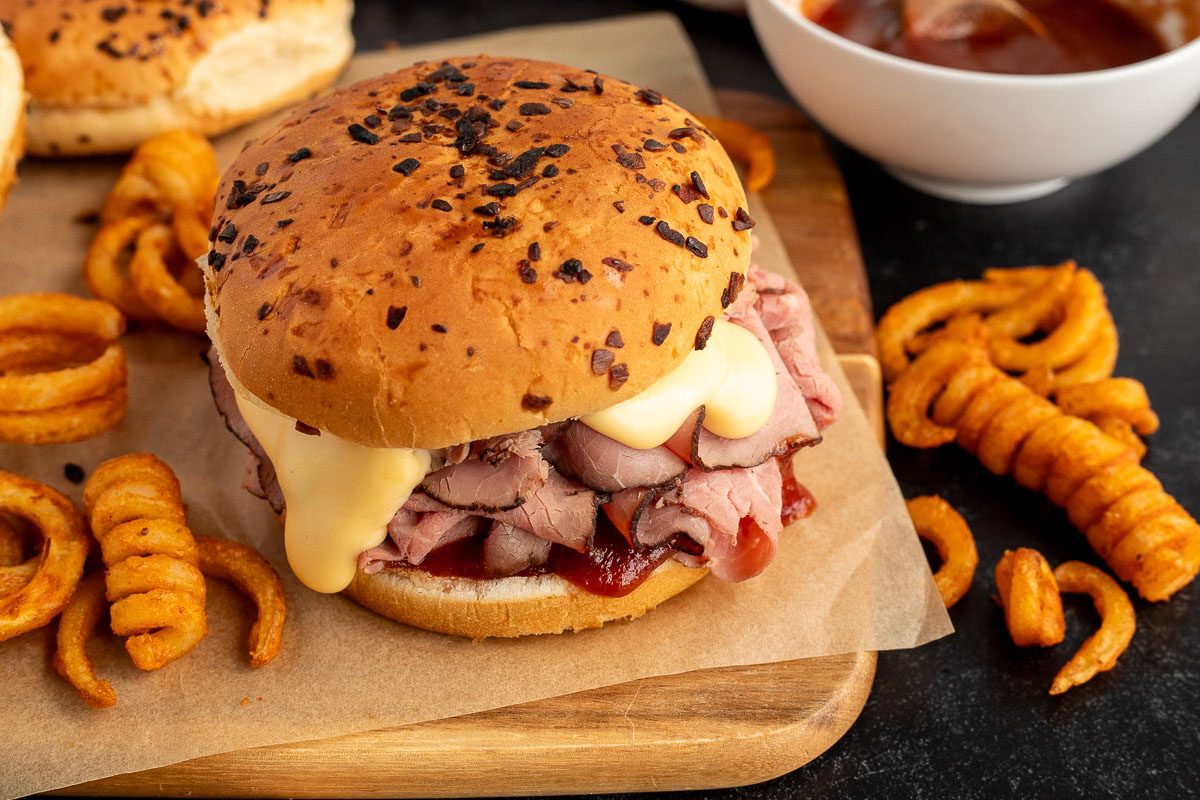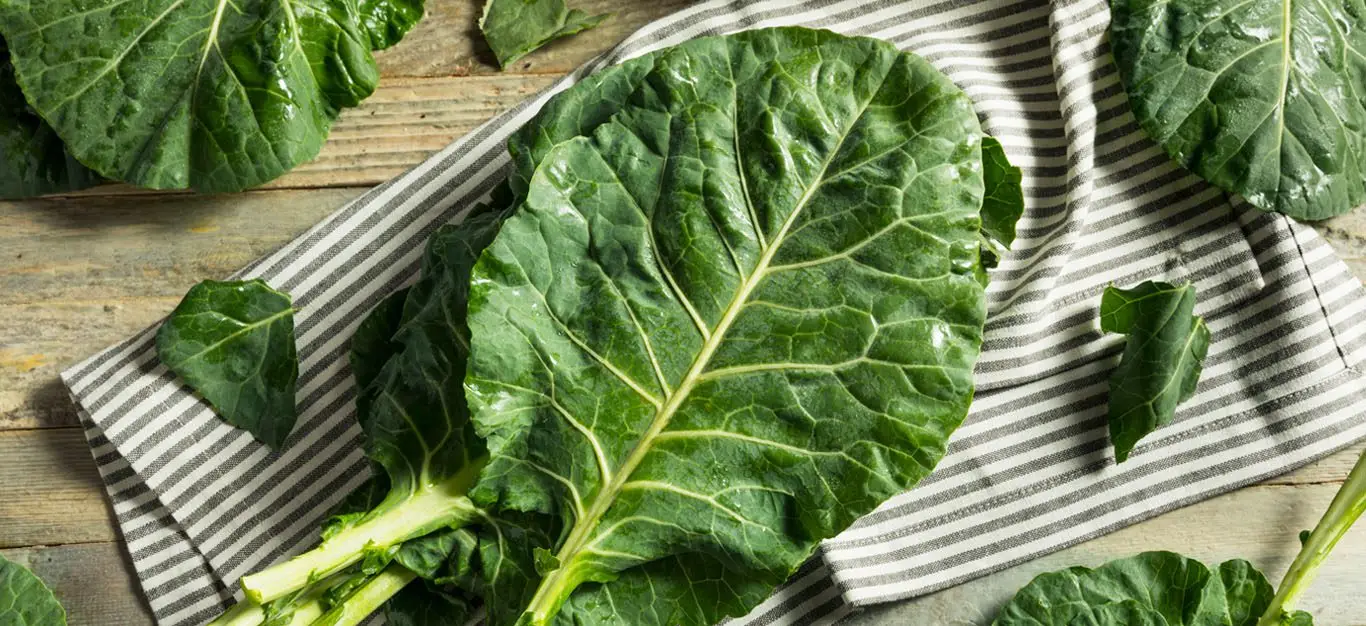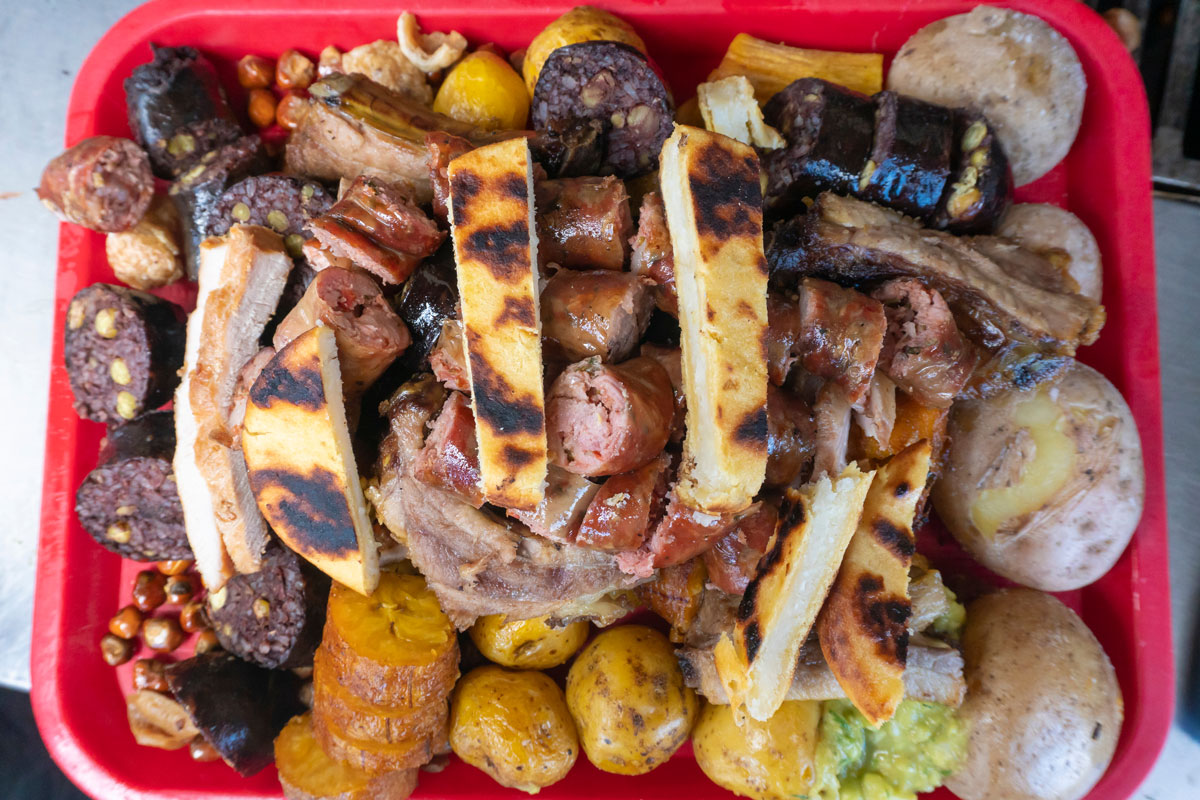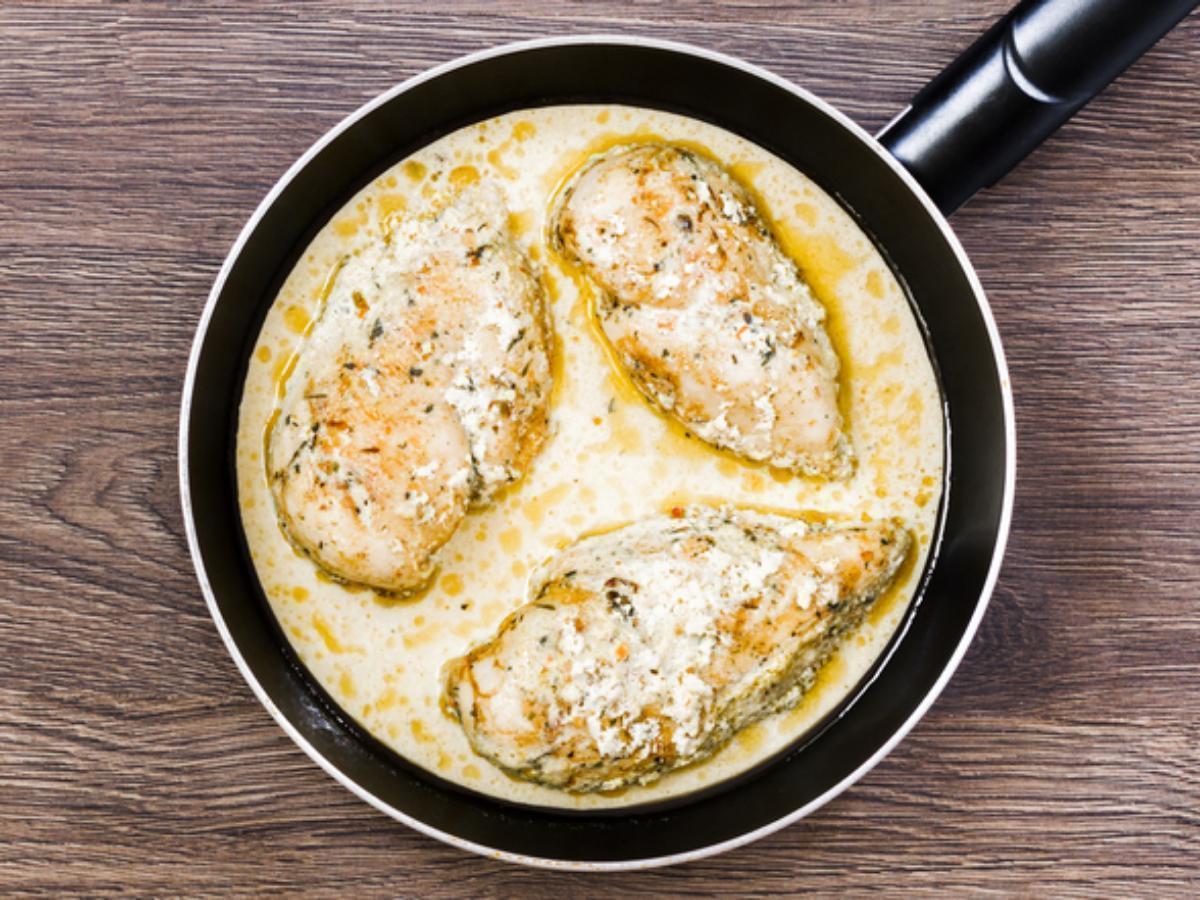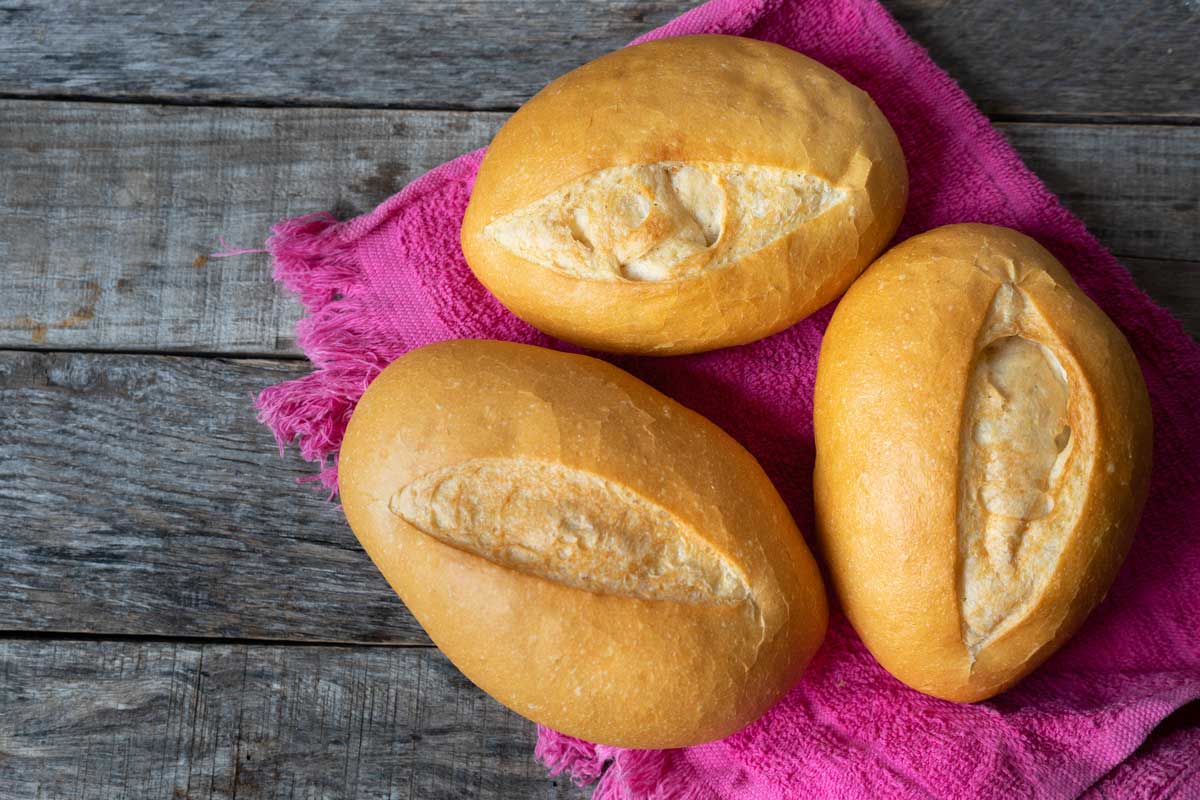Understanding Cornmeal in Spanish
When it comes to cooking and baking, understanding the different ingredients and their variations in different languages can be quite helpful. One such ingredient is cornmeal, which is commonly used in various cuisines around the world. In Spanish, cornmeal is known as “harina de maíz”.
Harina de maíz is a staple in many Latin American and Spanish dishes, and it plays a crucial role in creating traditional and flavorful meals. If you’re curious about the uses and variations of cornmeal in Spanish cuisine, you’ve come to the right place.
Uses of Harina de Maíz
Harina de maíz is a versatile ingredient that can be used in a variety of dishes. Here are some common uses of cornmeal in Spanish cuisine:
- Arepa: Arepas are a popular dish in many Latin American countries, and they are made using harina de maíz. The cornmeal is mixed with water and salt to form a dough, which is then shaped into patties and cooked until golden brown.
- Tamales: Tamales are another classic dish that features harina de maíz. The cornmeal is combined with other ingredients to form a masa, which is then filled with savory or sweet fillings, wrapped in corn husks, and steamed until cooked through.
- Pan de Maíz: In Spain, harina de maíz is used to make pan de maíz, a delicious cornbread that is enjoyed as a side dish or snack.
Variations of Cornmeal
Just like in English, cornmeal in Spanish also comes in different variations, each suited for specific culinary purposes. Here are a few common variations:
- Harina de maíz fina: This is a finely ground cornmeal that is often used for making arepas and tamales.
- Harina de maíz gruesa: Also known as corn grits, this coarser cornmeal is ideal for making polenta, a popular dish in Italian and Spanish cuisines.
Where to Find Harina de Maíz
If you’re interested in experimenting with harina de maíz in your own kitchen, you can find it in most grocery stores, especially those that cater to a diverse range of culinary needs. Look for it in the international foods aisle or the baking supplies section.
Alternatively, you can also find harina de maíz in specialty Latin American or Spanish markets, where you may have access to a wider variety of cornmeal options.
Conclusion
Harina de maíz, or cornmeal, is a fundamental ingredient in Spanish and Latin American cooking. Its versatility and rich flavor make it a beloved staple in many traditional dishes. Whether you’re making arepas, tamales, or pan de maíz, understanding the role of harina de maíz in Spanish cuisine can open up a world of culinary possibilities.
Next time you’re in the kitchen, consider incorporating harina de maíz into your recipes to add an authentic touch of Spanish flavor.
Was this page helpful?
Read Next: What Is 2/3 Cup
